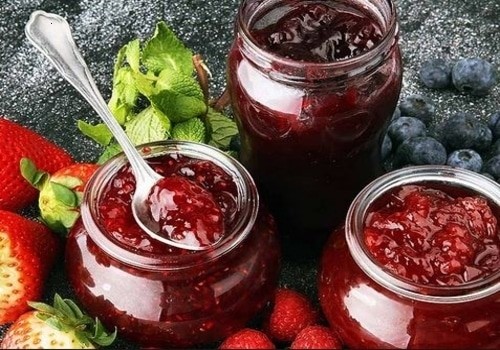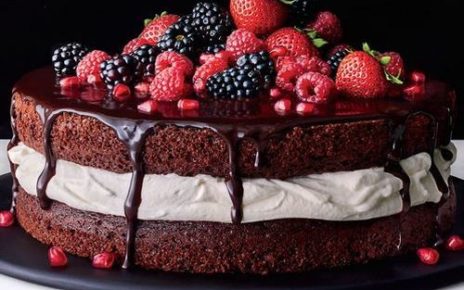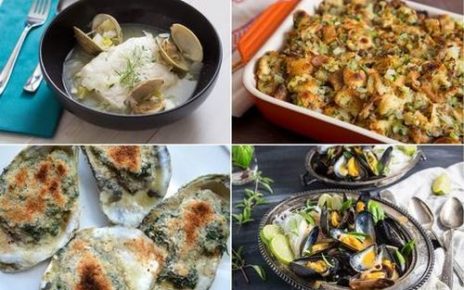Fruit preserves, jams and jellies have taken a substantial place in man’s diet today. Literally, preserves represent a collection of food supplements enriched with fruits and like it or not, these food supplements have come to stay. Specifically, preserves are simply any kind of jam and jelly. In general, fruit preserves vary with respect to locations of production and maybe the kind of English spoken in such locations :). Fruit preserves are cooked and gelled food supplements with ingredients from fruits and other additives. The term “food preserves” had been enmeshed in mild confusion as it continue to be used interchangeably with jams on many occasions. These two brands are different but can appear otherwise. “Jam” however remains the more generic name used.
Specifically, fruit preserves are also called comfit, fruit spread, fruit butter, conserve, jelly, fruit curd, chutney and marmalade. These preserves are unique and are made from vegetables, fruits and sugar; and are packaged in glass jars under airtight conditions respectively.
In terms of production, there are two popular methods of making food preserves. The first is the open pan method while the other is vacuum vessel method. The former method, open pan is of bigger scale. This process allows for cooking and caramelizing of sugar and the process naturally gives a traditional flavor. The other process is the vacuum vessel method of production which involves the use of vacuum in boiling jam. This method enables and hastens the evaporation of water at a lower boiling temperature while retaining volatile flavor compounds and prevents burning of sugar. The arrangement in this procedure improves jam making especially as it conserves energy in the process.
Upon extraction, jams are often packed in air tight containers for effective storage and increased shelf-life. Globally, plastic and glass jars have remained efficient in storing jam. In addition, cans and smaller packs are also used in packing jams for easy handling and distribution. It is also important to flame the lids and rims of jars before packaging in order to destroy molds and yeast which are known to reduce quality and cause spoilage during storage and distribution.
At the final stage of production, the containers are steamed before lidding to create a vacuum which prevents deterioration and reveal if the packed jams have been tampered with.
In retrospect, production of jam is done under strict compliance and regulations of many regulating agencies. US Food Drug Administration and European regulatory authorities have strict guidelines which include adherence to sorting procedures of fruits, volume of fruits added and so on. Think you know your fruit preserves? Then this jam quiz is yours.





